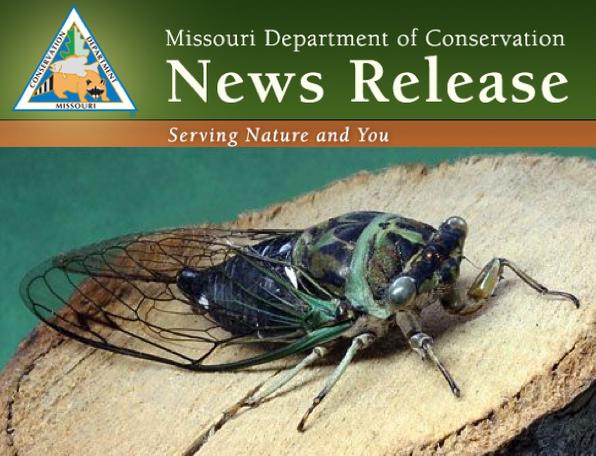Local News
Cicadas Begin Their Summer Sounds in July
June 29th 2016 by Dee Loflin

Annual cicadas have dark eyes and greenish bodies, unlike the slightly smaller periodicals which have red eyes and blackish bodies.
After spending two-to-five years underground feeding on root juices, the annual cicada nymphs emerge and begin the search for mates using their raspy hum.
The cicada’s endless drone seems to come from everywhere. Cicadas emit a sound that can reach up to 95 decibels, depending on proximity. That is the equivalent noise level of a Boeing 737 before landing.
Unlike crickets rubbing together parts of their wings to create a chirp, male cicadas rapidly vibrate a piece of their exoskeleton to produce their loud call.
Despite the mild sound annoyance cicadas induce, the insect is a valuable food source for wildlife such as birds and other insects. In other countries it’s common for people to chow down on the meaty bug due to its predictable emergence in the summer. Cicadas pose no threat to people and minimal threats to trees.
While Missouri doesn’t have to worry about a large periodical cicada invasion this summer, states toward the east such as Ohio and West Virginia are dealing with a 17-year brood. The next 13-year periodical will not make an appearance in Missouri until 2024.
Last Updated on June 29th 2016 by Dee Loflin
https://showmetimes.com/Blogpost/v4tf/Cicadas-Begin-Their-Summer-Sounds-in-July





